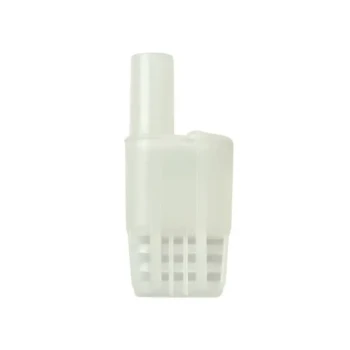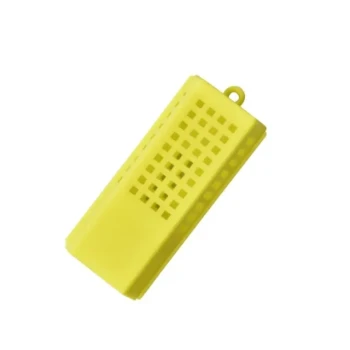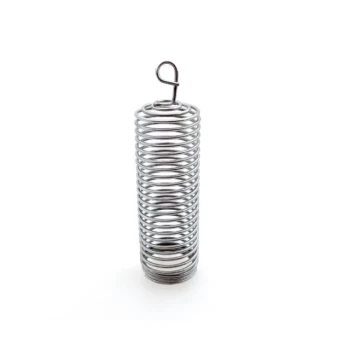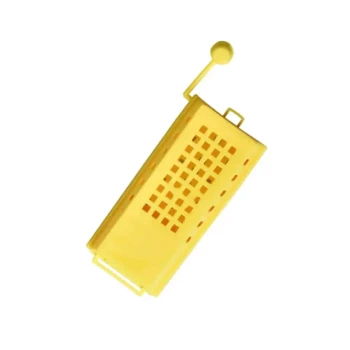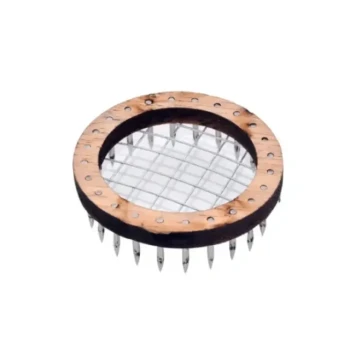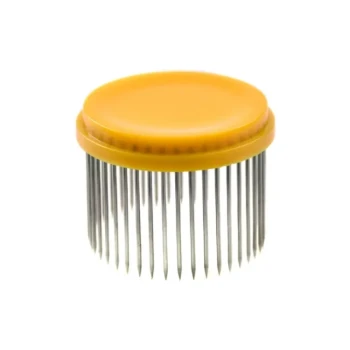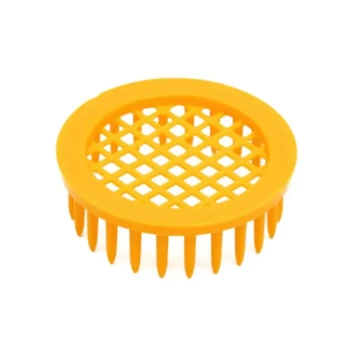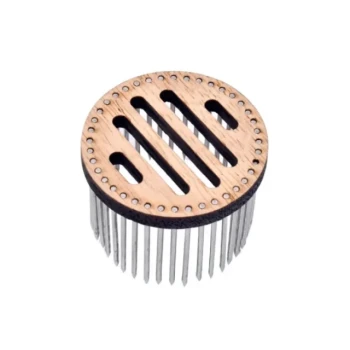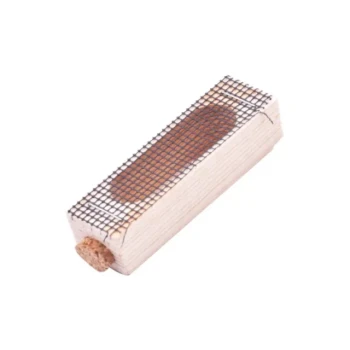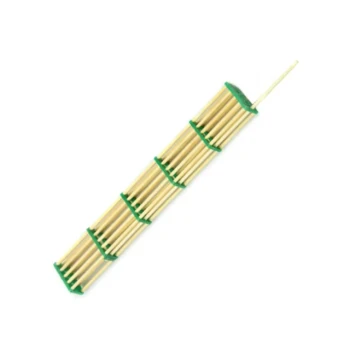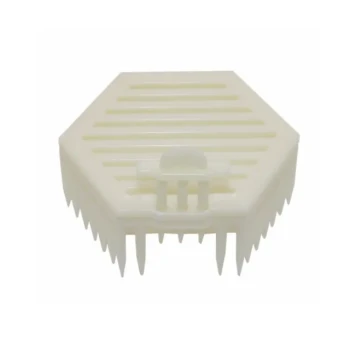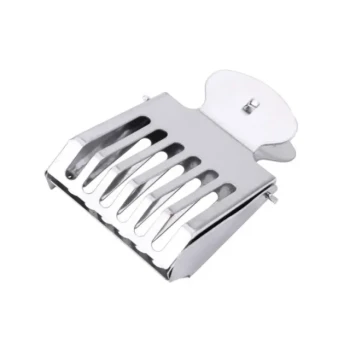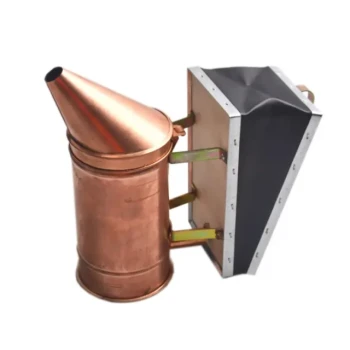At a biological level, a queenless colony can survive for several months. However, the hive's ability to recover on its own is lost much faster, typically within three to four weeks. The true measure is not how long the bees can live, but how long they remain capable of creating a new queen to ensure the colony's future.
The question isn't how long a queenless hive can survive, but how long it can be saved. The critical window for a colony to raise a new queen closes once the last fertilized egg has hatched, a deadline that arrives just a few weeks after the original queen's demise.
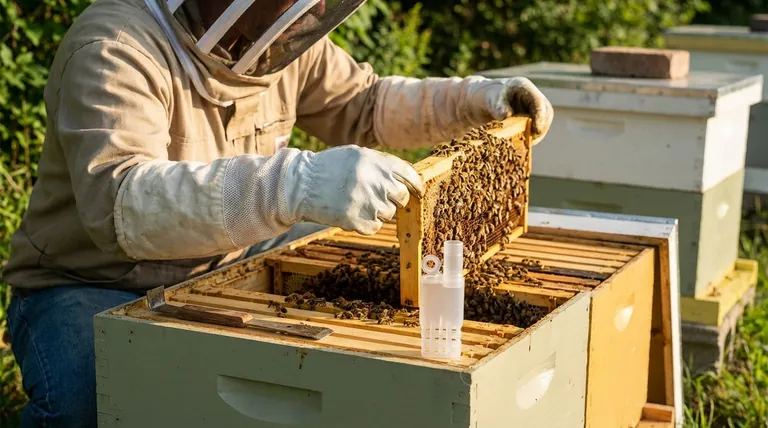
The Queenless Timeline: A Cascade of Failure
When a hive loses its queen, it does not collapse overnight. Instead, it begins a predictable and accelerating decline. Understanding this timeline is crucial for any intervention.
The First 24-48 Hours: The Emergency Response
Within hours of the queen's death or removal, the workers detect the absence of her vital pheromones. Their behavior shifts from routine tasks to emergency mode.
If the hive has eggs or larvae less than three days old, the workers will select several and begin feeding them a special diet of royal jelly to develop them into new queens. You will see these as larger, peanut-shaped "emergency queen cells."
Week 1-3: The Queen-Rearing Window
This is the period of hope. During this time, the hive is actively working to create a replacement queen. If they are successful, a new virgin queen will emerge, embark on a mating flight, and begin laying eggs, saving the colony.
This is the beekeeper's prime window to confirm queenlessness and assess if the hive is successfully requeening itself.
Week 4-5: The Point of No Return
About three weeks after the queen is lost, all the brood she laid will have hatched. With no more fertilized eggs or young larvae, the colony becomes hopelessly queenless. It has lost the biological material needed to create its own salvation.
The colony's population begins to noticeably decline as old bees die off without any new workers to replace them.
Month 2 and Beyond: The Slow Decline
This is the phase of terminal decline. The worker population dwindles, with a significant drop in the first month followed by a slower loss of the remaining, older bees.
Though the hive may appear to "survive" for a few more months, it is no longer a functioning entity. Foraging slows, defenses weaken, and the colony's eventual collapse from weakness, disease, or cold is inevitable.
The Hidden Dangers of a Queenless Hive
The slow decline in population is not the only threat. A secondary, more destructive problem emerges in a hopelessly queenless hive.
The Rise of Laying Workers
In the prolonged absence of queen pheromones, the ovaries of some worker bees can partially develop. These laying workers will begin to lay eggs.
The Problem with Drone Brood
Because worker bees cannot mate, their eggs are unfertilized. These unfertilized eggs can only develop into drones (male bees).
A hive populated only by drones is doomed. Drones do not forage for nectar, produce wax, or defend the hive. They consume resources and accelerate the colony's collapse, making it almost impossible to introduce a new queen.
Increased Vulnerability
A weak, disorganized, and dwindling colony is a prime target. Pests like wax moths and small hive beetles can easily overwhelm their defenses. Stronger hives in the area may also discover the weak colony and "rob" it of its remaining honey stores, finishing it off completely.
Understanding the Trade-offs of Intervention
Knowing when and how to act involves balancing risks. Waiting too long is fatal, but acting incorrectly can also doom the hive.
The Risk of Waiting Too Long
The single biggest mistake is indecision. Every day that passes after the three-week mark reduces the chances of a successful intervention. Once laying workers are established, saving the hive becomes exponentially more difficult.
The Challenge of Introducing a New Queen
Simply dropping a new queen into a queenless hive will fail. The workers, especially if laying workers are present, will see her as an invader and kill her. A new queen must be introduced slowly using a cage to allow the colony to acclimate to her scent.
The Option of Combining Hives
For a hive that is hopelessly queenless, especially one with a small population or established laying workers, the most practical solution is often to combine it with a strong, queenright colony. This sacrifices the individual colony but saves the bees, strengthening the healthy hive.
Making the Right Choice for Your Hive
Your decision should be based on how long the hive has been queenless and the signs you observe during inspection.
- If you suspect queenlessness within 1-2 weeks: Your priority is to confirm the absence of a laying queen and look for evidence of emergency queen cells.
- If your hive has been queenless for 3-4 weeks: The situation is critical. You must check for laying workers (multiple eggs per cell, irregular patterns) and decide immediately whether to attempt introducing a new queen or combine the hive.
- If your hive has been queenless for over a month: The hive is in terminal decline. The most reliable action is to combine the remaining bees with a stronger colony to salvage your resources and workforce.
Understanding this timeline empowers you to act decisively, shifting from simply hoping for survival to actively ensuring your colony's future.
Summary Table:
| Timeline | Colony Status | Key Action for Beekeeper |
|---|---|---|
| First 24-48 Hours | Emergency Response | Check for emergency queen cells. |
| Week 1-3 | Queen-Rearing Window | Assess if hive is successfully requeening itself. |
| Week 4-5 | Point of No Return | Decide to introduce a new queen or combine hives. |
| Month 2+ | Terminal Decline | Combine with a strong colony to salvage bees. |
Don't let a queenless hive jeopardize your apiary. HONESTBEE supplies commercial apiaries and beekeeping equipment distributors with the reliable tools and knowledge needed for effective hive management. Ensure your colonies thrive with our wholesale-focused operations. Contact our expert team today to discuss your specific needs and secure your beekeeping success.
Visual Guide
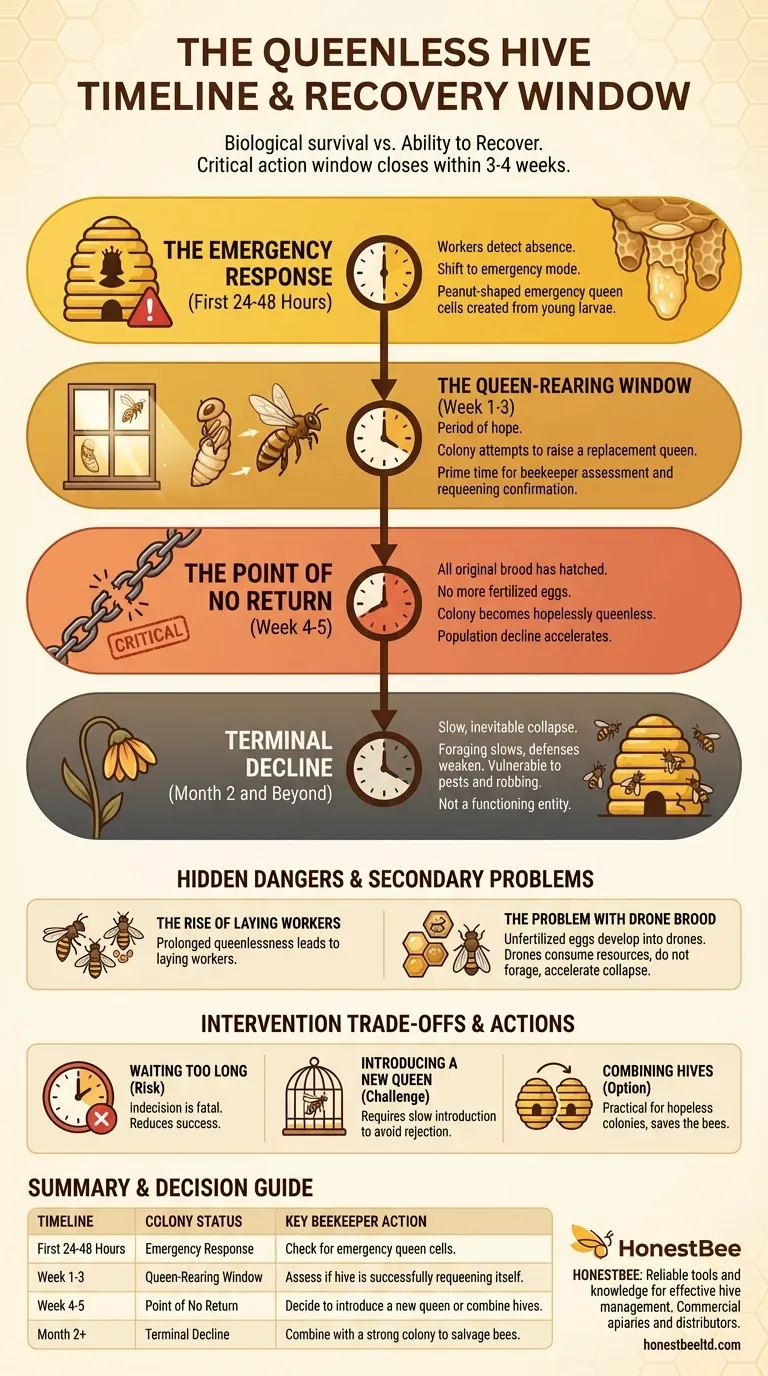
Related Products
- Multi-Function Queen Roller Cage and Catcher
- Professional Multi-Functional Queen Bee Cage
- Professional Multi-Compartment Queen Cage with Sliding Lid
- Durable Galvanized Steel Spring Queen Bee Cage
- Professional Queen Cage with Sliding Gate and Feeder Plug
People Also Ask
- How should a queen cage be maintained over time? Ensure Queen Introduction Success
- What is sequestration, and how does it help bees reorient? A Safer Guide to Hive Relocation
- How do you check if the queen has been released after installation? A Guide to Successful Queen Acceptance
- What items are needed to place the queen bee's cage in the hive? A Guide to Successful Queen Introduction
- What are the steps for installing a queen using a shipping cage? A Guide to Successful Queen Introduction
